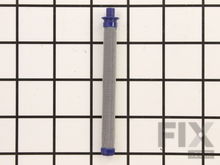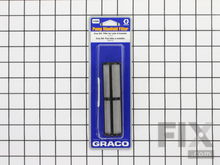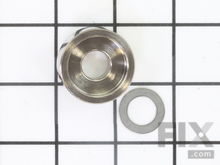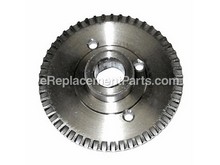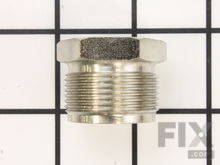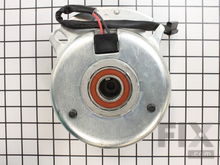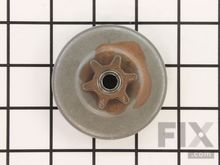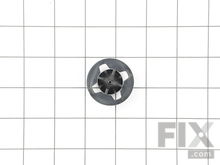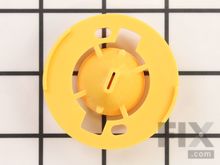How To Repair A Sprayer With Low Pressure
- Rated as REALLY EASY
- 4 step by step videos
Filter
Most sprayers have a filter system inside of the tank that filters out the product to be sprayed of any solid particles. This can help stop the hose, trigger wand and pump system from getting clogged. If you are experiencing lost or low pressure on your sprayer, check to see if the filter in the backpack is clogged. Some clogs can be fixed as easily as spraying water into the empty backpack to flush out the filter. Rinse out the tank a few times and see if that fixes the problem. If the filter is still clogged after rinsing the backpack, the filter will need to be removed and cleaned more thoroughly, or possibly replaced. All filters will need to be replaced eventually. It is not uncommon for larger sprayers, such as backpack models, to have several filters within the system. There is likely one in the tank, one at the connection of the hose and wand, and one at the nozzle.
Impeller or Impeller Coupling
If your sprayer is outputting with low pressure, there may be an issue with the pump impeller, or the impeller coupling. The impeller creates pressure within the pump by spinning and forcing water to flow through it. A worn or broken impeller will not be able to properly pressurize the pump and will not output water at high pressure, if at all. The impeller coupling connects the impeller to the source of water or product that is to be sprayed. This coupling has a seal that, if lost, will compromise the pumps ability to pressurize and pump water. If you are experiencing low pressure output from your sprayer and have ruled out any other parts as the cause, the impeller coupling may have lost its seal, or the impeller itself may be damaged, clogged or broken. In some cases, the pump may be disassembled and cleaned to fix the problem. If you are opening the pump, make sure to replace any seals or gaskets when reassembling to ensure that a tight seal is kept. Refer to your user manual for further instructions on how to care for your pump and how to deal with any issues related to it.
Clutch
If your sprayer is not outputting with the same pressure that it normally does, it is possible that there is an issue with the clutch. The clutch drives the pump which moves the liquid through the unit. The clutch allows the engine to idle without causing the pump to constantly output. When the clutch is engaged, it should force the pump to start working. If the clutch is out of alignment or broken, the pump may not function, or may pump with significantly less pressure than usual. This is an indication that the clutch is not fully engaging with the pump system. If you believe this is the cause of low pressure, you can disassemble the machine to expose the clutch and ensure it is working properly. The clutches attachment to the pump system needs to be aligned perfectly in order for the unit to run properly. Refer to your user manual for further instructions on how to access or repair a clutch that is not working properly.
Nozzle
If you are experiencing a loss in pressure, check the nozzle tip for any clogs or blockages. If any solid matter is allowed to enter the pump system (sand or dirt, for example), it can build up at certain points and cause a reduction or complete loss in spraying pressure. If your nozzle is clogged, remove it from the trigger wand and try to clean it out and remove any solids in the lines that may be causing the block. If the nozzle tip is damaged or clogged to the point where it cannot be cleaned, it should be replaced altogether.
More Repair Parts
Still not sure which part is broken? We can offer you custom troubleshooting help if you search with your model number.





